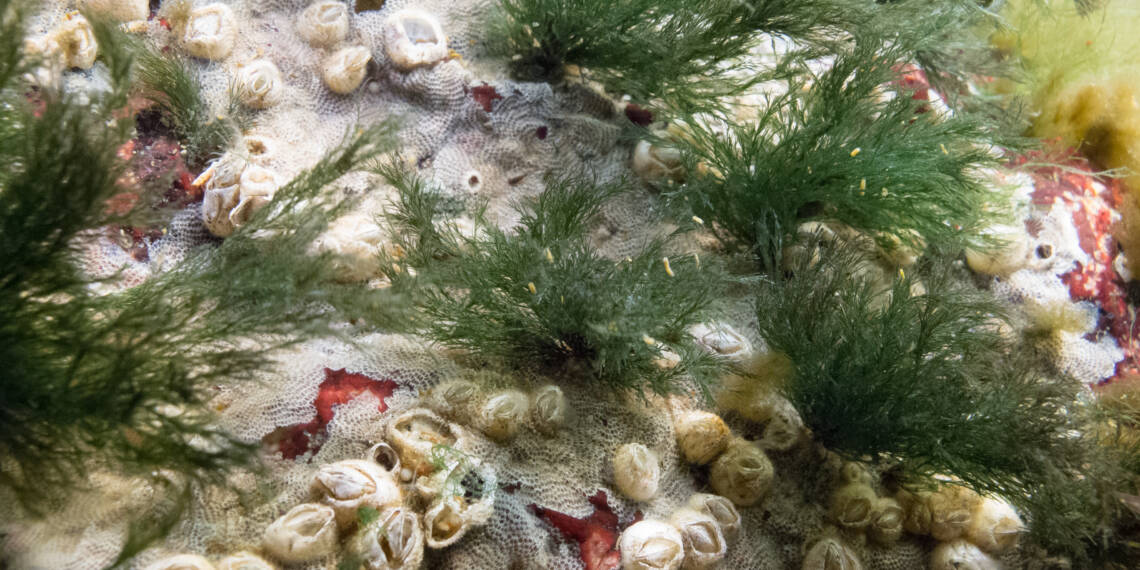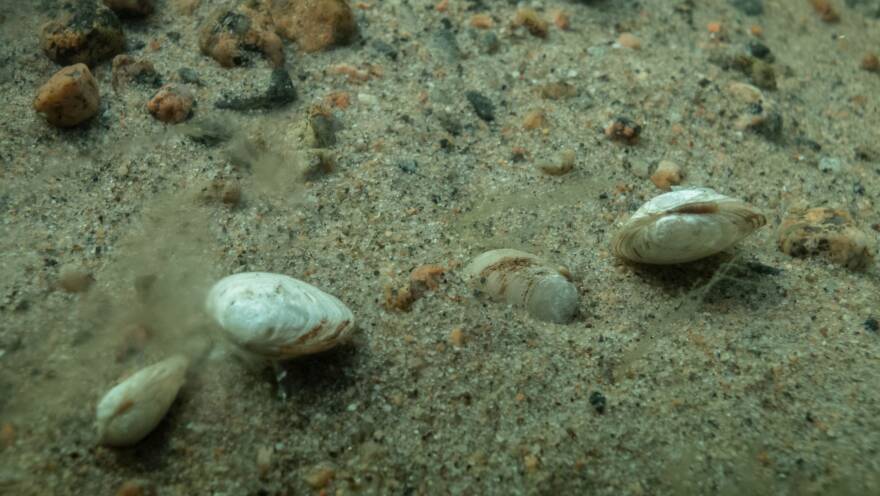
Hormone disruptors affect the hormone function of humans and marine organisms
Hormone disruptors are substances that can cause changes in the hormonal functions of aquatic organisms and, ultimately, humans who consume fish. The range of hormone disruptors is broad, and it is not possible to monitor the concentrations of all substances. The aim is to reduce the use of these substances, identify potential sources of emissions, and limit emissions.
Certain medicinal products and synthetic hormones, in particular, are known as hormone disruptors. They affect the reproduction and behaviour of marine organisms.
For example, it is estimated that about 300 g and 40 kg of synthetic and natural oestrogen, respectively, are discharged into the sea each year from the city of St. Petersburg. Antibiotics also enter the waterways via many different routes. However, it is as yet unknown how the marine biological community reacts to antibiotics.
Certain chemicals can also affect hormone function
Besides medicinal products and hormones, chemicals produced for other purposes can also have hormonal effects. Such compounds include, among others, perfluorinated compounds (PFOS, PFOA), as well as polybrominated diphenyl ethers (PBDEs).
However, information on the properties of many existing and some new chemicals remains incomplete.
TBT has caused the extinction of entire populations of aquatic snails
Organic tin compounds, like many other organic environmental toxins, are also hormone disruptors. The use of tributyltin (TBT), as anti-fouling marine primer paints for ship hulls is nowadays banned worldwide. However, TBT and its breakdown products will continue to circulate for a long time in the food web.
TBT acts as a very potent androgen or male hormone. For example, in aquatic snails, it causes the development of male genitalia in females, resulting in female sterilisation. In the worst-case scenario, entire populations of aquatic snails have died out in TBT-contaminated areas.

Authorities have become aware of the problems of hormone disruptors
The range of hormone disruptors is broad, and it is not possible to monitor the concentrations of all substances in the Baltic Sea
Howerver, in the European Union, a list has been made of a group of chemicals that are suspected of interfering with animal and human hormone functions. The Organisation for Economic Co-operation and Development (OECD), for its part, has drafted guidelines for testing and evaluating these hormone disruptors. In the Baltic Sea monitoring program, the concentrations of about ten hormone disruptors are monitored in different marine areas of Finland.
In Finland, attention is also focussed on hormone disruptors through the Finnish National Programme on Hazardous Chemicals. The aim is to reduce the use of such chemicals. In addition, their emissions, occurrence, as well as health and environmental impacts will be studied.
The concentrations of pharmaceuticals in seawater and marine organisms are mainly studied through spot checks. However, studies conducted so far indicate that a wide range of different pharmaceuticals can be found in the waters near at least the largest cities.
-
 Find out more
Find out moreBioindicators
-
 Find out more
Find out moreEffects of harmful substances

